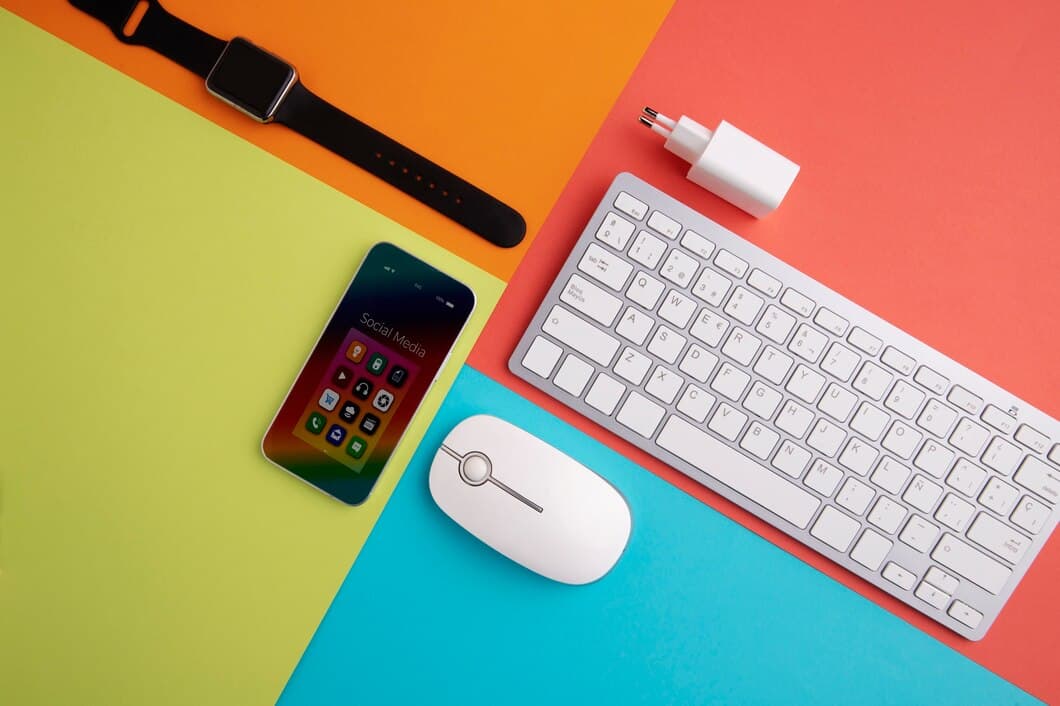How To Fix A Wireless Keyboard That Is Not Working On Windows 10?

If you are having problems with your wireless keyboard not working on Windows 10, there are several troubleshooting steps you can take to try and fix the issue. First, check the batteries to ensure they have enough power. If the batteries are good, try restarting your computer. If the problem persists, try reconnecting the keyboard to your computer.
If you have tried all of the above steps and your wireless keyboard is still not working, there may be a problem with the drivers. You can try updating the drivers by going to the manufacturer's website and downloading the latest version. If you are still having problems, you may need to contact the manufacturer for further assistance.
Check the batteries.
The most common reason for a wireless keyboard not working on Windows 10 is that the batteries are dead. To fix this, simply replace the batteries with new ones. Be sure to insert the batteries correctly, with the positive (+) end of the batteries facing up.
If replacing the batteries does not fix the problem, there may be another issue with the keyboard. Try connecting the keyboard to a different computer to see if it works. If it does not work on the other computer, then the keyboard is likely defective and will need to be replaced.
If the keyboard does work on the other computer, then the problem may be with your Windows 10 computer. Try restarting your computer and see if that fixes the problem. You can also try updating your computer's drivers.
If you have tried all of the above steps and your wireless keyboard is still not working, you may need to contact the manufacturer of the keyboard for further assistance.
Restart your computer.
If your wireless keyboard is not working in Windows 10, one of the first things you should try is restarting your computer. This will refresh the operating system and all of your hardware, including your keyboard. To restart your computer, simply click on the Start button and then click on the Power button. Then, select the Restart option.
Once your computer has restarted, try using your wireless keyboard again. If it is still not working, try the other troubleshooting steps below.
Restarting your computer is a simple but effective way to fix many common problems. It is always worth trying this step first before moving on to more complex troubleshooting steps.
If you are still having problems with your wireless keyboard after restarting your computer, you may need to contact the manufacturer of your keyboard for further assistance.
Reconnect the USB receiver.
If the wireless keyboard is still not working, try reconnecting the USB receiver. Make sure the USB receiver is properly plugged into a USB port on your computer. If the USB receiver is plugged into a USB hub, try plugging it directly into a USB port on your computer.
If you are still having problems, try restarting your computer. This will reset the USB ports and may resolve the issue.
If you have tried all of the above steps and the wireless keyboard is still not working, you may need to contact the keyboard manufacturer for support.
Update the keyboard drivers.

In some cases, corrupted keyboard drivers can also cause keyboard malfunction. In this case, you can try to update the drivers to fix the issue. You can go to Control Panel > Device Manager > Keyboards > select your keyboard, and then click Update Driver.
If updating the drivers doesn't work, you can try to uninstall the drivers and then restart your computer. The computer will automatically reinstall the drivers when it restarts, which might fix the problem.
Run the Keyboard troubleshooter.
Here's a simple fix you can try: run the Keyboard troubleshooter. It's a built-in tool in Windows 10 that can detect and fix most common keyboard issues.
To launch the troubleshooter, go to Settings > Update & Security > Troubleshoot. Under "Find and fix other problems," select "Keyboard" and click "Run the troubleshooter." The tool will scan your system for any problems with your keyboard and attempt to fix them.
If the troubleshooter doesn't fix the issue, there are a few other things you can try. First, try restarting your computer. This can often resolve minor software glitches that may be causing the problem. If that doesn't work, try unplugging the keyboard and plugging it back in. If you're using a wireless keyboard, make sure the batteries are fresh and that the receiver is plugged into a USB port on your computer.
Check the Device Manager.
If your wireless keyboard is not working on Windows 10, one of the first things you should do is check the Device Manager. This will allow you to see if the keyboard is properly installed and if there are any errors or problems associated with it.
To check the Device Manager, press the Windows key + X and select "Device Manager" from the menu. Then, expand the "Keyboards" section and look for your wireless keyboard. If there is a yellow exclamation mark next to the keyboard, it means that there is a problem with the driver.
If you see a yellow exclamation mark next to your wireless keyboard in the Device Manager, you can try updating the driver. To do this, right-click on the keyboard and select "Update Driver". Windows will then search for and install the latest driver for your keyboard.
Try a different USB port.

Disable and re-enable the keyboard.
If your wireless keyboard is not working on Windows 10, you can try disabling and then re-enabling it. This can sometimes fix issues with the keyboard driver or other software that may be causing the problem.
To disable and re-enable the keyboard, open the Device Manager. You can do this by pressing the Windows key + X and then clicking on Device Manager. In the Device Manager, expand the Keyboards category and then right-click on your keyboard. Select Disable device from the menu. Wait a few seconds and then right-click on the keyboard again and select Enable device.
If all else fails, contact Microsoft support.
If you have tried all of the above steps and your wireless keyboard is still not working, then you may need to contact Microsoft support to get more help. Microsoft support can help you troubleshoot the problem and find a solution that works for you.
When you contact Microsoft support, be sure to have the following information ready:
- The make and model of your wireless keyboard
- The version of Windows 10 that you are using
- A description of the problem that you are experiencing
Microsoft support will then be able to help you troubleshoot the problem and find a solution that works for you.
Frequently Asked Questions
Is my keyboard damaged?
There are a few things you can check to see if your keyboard is damaged. First, try connecting your keyboard to another computer. If it works on the other computer, then the problem is with your first computer. If it doesn't work on the other computer, then the problem is most likely with your keyboard.
Does the keyboard have power?
Make sure that the keyboard has power. If the keyboard is wireless, make sure that the batteries are installed correctly and that the power switch is turned on. If the keyboard is wired, make sure that the cable is securely plugged into the computer.
Is the keyboard driver installed?
Make sure that the keyboard driver is installed. You can check this by going to the Device Manager. If the keyboard driver is not installed, you can download it from the manufacturer's website.
Is the keyboard set as the default input device?
Make sure that the keyboard is set as the default input device. You can check this by going to the Control Panel. If the keyboard is not set as the default input device, you can change it by clicking on the "Set as default" button.
Conclusion
If you've tried all of the above troubleshooting steps and your wireless keyboard still isn't working, there may be a hardware issue with the keyboard or the USB receiver. In this case, you may need to replace the keyboard or receiver. You can also try contacting the keyboard manufacturer for further support.
To prevent future issues, make sure to keep your keyboard's batteries fresh and update the drivers regularly. Also, avoid using the keyboard in areas with a lot of wireless interference, such as near a microwave or other electronic devices.




